Protective Effects on 60Co-γ Radiation Damage of Pine Cone Polyphenols from Pinus koraiensis-Loaded Chitosan Microspheres In Vivo
Abstract
1. Introduction
2. Results and Discussion
2.1. Preparation of PPM
2.2. Effect of PP and PPM on the Body Weight Changes of Mice
2.3. Effect of PP and PPM on the Thymus and Spleen Indices of Mice
2.4. The Effect of PP and PPM on SOD Activity and MDA Levels
2.5. Effect of PP and PPM on Bone Marrow Micronuclei Formation and Quantity of Marrow DNA
2.6. Effect of PP and PPM on the Splenocyte Proliferation Index
2.7. Effect of PP and PPM on Phagocytosis of Monocytes
3. Materials and Methods
3.1. Materials
3.2. Preparation of PPM
3.3. Characterizations of PPM
3.4. Determination of PP Content and Entrapment Efficiency
3.5. Animals
3.6. Oral Administration and Irradiation
3.7. Body Weight Changes
3.8. Index of Thymus and Spleen
3.9. The Effect of PP and PPM on SOD Activity and MDA Levels
3.10. Bone Marrow Micronuclei Rates and Quantity of Marrow DNA
3.11. Splenocyte Proliferation Index
3.12. Phagocytosis of Monocytes
3.13. Statistical Analysis
4. Conclusions
Author Contributions
Funding
Acknowledgments
Conflicts of Interest
References
- Ugartondo, V.; Mitjans, M.; Touriño, S.; Torres, J.L.; Vinardell, M.P. Comparative antioxidant and cytotoxic effect of procyanidin fractions from grape and pine. Chem. Res. Toxicol. 2007, 20, 1543. [Google Scholar] [CrossRef] [PubMed]
- Yi, J.; Cheng, C.; Li, X.; Zhao, H.; Qu, H.; Wang, Z.; Wang, L. Protective mechanisms of purified polyphenols from pinecones of Pinus koraiensis on spleen tissues in tumor-bearing S180 mice in vivo. Food Funct. 2016, 8, 151. [Google Scholar] [CrossRef] [PubMed]
- Frontela-Saseta, C.; López-Nicolás, R.; González-Bermúdez, C.A.; Martínez-Graciá, C.; Ros-Berruezo, G. Anti-inflammatory properties of fruit juices enriched with pine bark extract in an in vitro model of inflamed human intestinal epithelium: The effect of gastrointestinal digestion. Food Chem. Toxicol. 2013, 53, 94–99. [Google Scholar] [CrossRef] [PubMed]
- Frontela-Saseta, C.; López-Nicolás, R.; González-Bermúdez, C.A.; Peso-Echarri, P.; Ros-Berruezo, G.; Martínez-Graciá, C.; Canali, R.; Virgili, F. Evaluation of antioxidant activity and antiproliferative effect of fruit juices enriched with Pycnogenol in colon carcinoma cells: The effect of in vitro gastrointestinal digestion. Int. J. Phytother. Res. 2011, 25, 1870–1875. [Google Scholar] [CrossRef] [PubMed]
- Nocun, M.; Ulicna, O.; Muchova, J.; Durackova, Z.; Watala, C. French maritime pine bark extract Pycnogenol reduces thromboxane generation in blood from diabetic male rats. Biomed. Pharmacother. 2008, 62, 168–172. [Google Scholar] [CrossRef] [PubMed]
- Cretu, E.; Karonen, M.; Salminen, J.P.; Mircea, C.; Trifan, A.; Charalambous, C.; Constantinou, A.I.; Miron, A. In Vitro Study on the Antioxidant Activity of a Polyphenol-Rich Extract from Pinus brutia Bark and Its Fractions. J. Med. Food 2013, 16, 984–991. [Google Scholar] [CrossRef] [PubMed]
- Poussard, S.; Pires-Alves, A.; Diallo, R.; Dupuy, J.W.; Dargelos, E. A Natural Antioxidant Pine Bark Extract, Oligopin®, Regulates the Stress Chaperone HSPB1 in Human Skeletal Muscle Cells: A Proteomics Approach. Int. J. Phytother. Res. 2013, 27, 1529–1535. [Google Scholar] [CrossRef] [PubMed]
- Kyriazi, M.; Yova, D.; Rallis, M.; Lima, A. Cancer chemopreventive effects of Pinus maritima bark extract on ultraviolet radiation and ultraviolet radiation-7,12,dimethylbenz(a)anthracene induced skin carcinogenesis of hairless mice. Cancer Lett. 2006, 237, 234–241. [Google Scholar] [CrossRef] [PubMed]
- Robards, K.; Prenzler, P.D.; Tucker, G.; Swatsitang, P.; Glover, W. Phenolic compounds and their role in oxidative processes in fruits. Food Chem. 1999, 66, 401–436. [Google Scholar] [CrossRef]
- Drewnowski, A.; GomezCarneros, C. Bitter taste, phytonutrients, and the consumer: A review. Am. J. Clin. Nutr. 2000, 72, 1424–1435. [Google Scholar] [CrossRef] [PubMed]
- Fang, Z.; Bhandari, B. Encapsulation of polyphenols—A review. Trends Food Sci. Technol. 2010, 21, 510–523. [Google Scholar] [CrossRef]
- Trifković, K.; Milašinović, N.; Djordjević, V.; Zdunić, G.; Krušić, M.K.; Knežević-Jugović, Z.; Šavikin, K.; Nedović, V.; Bugarski, B. Chitosan crosslinked microparticles with encapsulated polyphenols: Water sorption and release properties. J. Biomater. Appl. 2015, 39, 397–407. [Google Scholar] [CrossRef] [PubMed]
- Rosa, C.G.D.; Borges, C.D.; Rui, C.Z.; Nunes, M.R.; Benvenutti, E.V.; Luz, S.R.D.; D’Avila, R.F.; Rutz, J.K. Microencapsulation of gallic acid in chitosan, β-cyclodextrin and xanthan. Ind. Crops Prod. 2013, 46, 138–146. [Google Scholar] [CrossRef]
- Pispan, S. The Development of Encapsulated Probiotic Bacteria with Prebiotics Incorporated into Cereal Beverages. Ph.D. Thesis, Loughborough University, Loughborough, Leicestershire, UK, January 2012. [Google Scholar]
- Jiao, T.F.; Zhou, J.; Zhou, J.; Gao, L.; Xing, Y.Y.; Li, X. Synthesis and Characterization of Chitosan-based Schiff Base Compounds with Aromatic Substituent Groups. Iran. Polym. J. 2011, 20, 123–136. [Google Scholar]
- Jantarathin, S.; Borompichaichartkul, C.; Sanguandeekul, R. Microencapsulation of probiotic and prebiotic in alginate-chitosan capsules and its effect on viability under heat process in shrimp feeding. Mater. Today Proc. 2017, 4, 6166–6172. [Google Scholar] [CrossRef]
- Ibrahim, H.M.; Farid, O.A.; Samir, A.; Mosaad, R.M. Preparation of Chitosan Antioxidant Nanoparticles as Drug Delivery System for Enhancing of Anti-Cancer Drug. Key Eng. Mater. 2018, 759, 92–97. [Google Scholar] [CrossRef]
- Zhang, M.; Smith, A.; Gorski, W. Carbon Nanotube-Chitosan System for Electrochemical Sensing Based on Dehydrogenase Enzymes. Adv. Anal. Chem. 2004, 76, 5045–5050. [Google Scholar] [CrossRef] [PubMed]
- Panganiban, R.-A.M.; Snow, A.L.; Day, R.M. Mechanisms of Radiation Toxicity in Transformed and Non-Transformed Cells. Int. J. Mol. Sci. 2013, 14, 15931–15958. [Google Scholar] [CrossRef] [PubMed]
- Zhang, N.X.; Yin, H.L.; Ran, L.; Yu, M.H.; Li, T.T.; Wang, Z.Y. ABTS radical scavenging activity of Pinus koraiensis polyphenols with fungus polysaccharides. Beijing Linye Daxue Xuebao 2016, 129, 402–407. [Google Scholar]
- Li, H.; Wang, Z.; Xu, Y.; Sun, G. Pine polyphenols from Pinus koraiensis prevent injuries induced by gamma radiation in mice. Peerj 2016, 4, e1870. [Google Scholar] [CrossRef] [PubMed]
- Genta, I.; Perugini, P.; Conti, B.; Pavanetto, F. A multiple emulsion method to entrap a lipophilic compound into chitosan microspheres. Int. J. Pharm. 1997, 152, 237–246. [Google Scholar] [CrossRef]
- Jayakrishnan, A.; Jameela, S.R. Glutaraldehyde as a fixative in bioprostheses and drug delivery matrices. Biomaterials 1996, 17, 471–84. [Google Scholar] [CrossRef]
- Yi, J.; Cheng, C.; Li, S. Preparation optimization and protective effect on 60Co-γradiation damage of Pinus koraiensis pinecone polyphenols microspheres. Int. J. Biol. Macromol. 2018, 113, 583–591. [Google Scholar] [CrossRef] [PubMed]
- Reeve, V.E.; Allanson, M.; Domanski, D.; Painter, N. Gender differences in UV-induced inflammation and immunosuppression in mice reveal male unresponsiveness to UVA radiation. Photochem. Photobiol. Sci. 2012, 11, 173–179. [Google Scholar] [CrossRef] [PubMed]
- Rodeiro, I.; Delgado, R.; Garrido, G. Effects of a Mangifera indica L. stem bark extract and mangiferin on radiation-induced DNA damage in human lymphocytes and lymphoblastoid cells. Cell Prolif. 2014, 47, 48–55. [Google Scholar] [CrossRef] [PubMed]
- Yagi, H.; Tan, J.; Tuan, R.S. Polyphenols suppress hydrogen peroxide-induced oxidative stress in human bone-marrow derived mesenchymal stem cells. J. Cell. Biochem. 2013, 114, 1163–1173. [Google Scholar] [CrossRef] [PubMed]
- Das, U.; Manna, K.; Sinha, M.; Datta, S.; Das, D.K.; Chakraborty, A.; Ghosh, M.; Saha, K.D.; Dey, S. Role of ferulic acid in the amelioration of ionizing radiation induced inflammation: A murine model. PLoS ONE 2014, 9, e97599. [Google Scholar] [CrossRef] [PubMed]
- Nwachukwu, K.C.; Asagba, S.O.; Nwose, C.; Okoh, M.P. Radiation protection and anti-oxidative effects of garlic, onion and ginger extracts, X-ray exposed albino rats as model for biochemical studies. Afr. J. Biochem. Res. 2014, 8, 166–173. [Google Scholar]
- Trifković, K.T.; Milašinović, N.Z.; Djordjević, V.B.; Krušić, M.T.K.; Knežević-Jugović, Z.D.; Nedović, V.A.; Bugarski, B.M. Chitosan microbeads for encapsulation of thyme (Thymus serpyllum L.) polyphenols. Carbohydr. Polym. 2014, 111, 901–907. [Google Scholar] [CrossRef] [PubMed]
- Wang, Q.R. Progress of anti-radiation effects of plant polyphenols. Glob. Adv. Pharm. Res. 2014, 1, 1. [Google Scholar]
- Hien, N.Q.; Phu, D.V.; Duy, N.N.; Anh, T.N.; Lan, N.T.K. Study on the synergistic effect for degradation of chitosan in solution by gamma Co-60 radiation and hydroperoxide. Carbohydr. Polym. 2012, 20, 935–938. [Google Scholar] [CrossRef]
- Pilipchatina, O.A.; Sharpatyĭ, V.A. Free-radical mechanism of chitosan radiation degradation and problems of the chemical antiradiation protection. Radiatsionnaia Biol. Radioecol. 2007, 47, 717–726. [Google Scholar]
- Krawczyk, P.M.; Stap, J.; Hoebe, R.A.; Oven, C.H.V.; Kanaar, R.; Aten, J.A. Analysis of the Mobility of DNA Double-Strand Break-Containing Chromosome Domains in Living Mammalian Cells. Methods Mol. Biol. 2008, 463, 309–320. [Google Scholar] [PubMed]
- Liu, Q.; Li, X. Antagonistic effect of Radix Adenophoae Potanini Korsh Pol ysaccharides (RAPS) on genetic damage caused by (60)Co γ-rays. Pharmacol. Clin. Chin. Mater. Med. 2001, 6, 717–726. [Google Scholar]
- Heddle, J.A.; Carrano, A.V. The DNA content of micronuclei induced in mouse bone marrow by γ-irradiation: Evidence that micronuclei arise from acentric chromosomal fragments. Mutat. Res./Fundam. Mol. Mech. Mutagen. 1977, 44, 63–69. [Google Scholar] [CrossRef]
- Parshad, R.; Sanford, K.K.; Price, F.M.; Steele, V.E.; Tarone, R.E.; Kelloff, G.J.; Boone, C.W. Protective action of plant polyphenols on radiation-induced chromatid breaks in cultured human cells. Anticancer Res. 1998, 18, 3263–3266. [Google Scholar] [PubMed]
- Stojković, R.; Fucic, A.; Ivanković, D.; Jukić, Z.; Radulović, P.; Grah, J.; Kovačević, N.; Barišić, L.; Krušlin, B. Age and sex differences in genome damage between prepubertal and adult mice after exposure to ionising radiation. Arh. Hig. Rada Toksikol. 2016, 67, 297–303. [Google Scholar] [CrossRef] [PubMed]
- Hao, L.; An, Q.; Xu, W.; Zhang, D.; Zhang, M. Effect of polymerizable emulsifier and fluorine monomer on properties of self-crosslinking fluorinated polyacrylate soap-free latexes. J. Polym. Res. 2013, 20, 174. [Google Scholar] [CrossRef]
- Fan, Z.L.; Wang, Z.Y.; Liu, J.R. Cold-field fruit extracts exert different antioxidant and antiproliferative activities in vitro. Food Chem. 2011, 129, 402–407. [Google Scholar] [CrossRef]
- Naeeji, A.; Mozdarani, H.; Monfared, A.S. Oral Administration of Vitamin C, Cimetidine and Famotidine on Micronuclei Induced by Low Dose Radiation in Mouse Bone Marrow Cells. J. Biomed. Phys. Eng. 2017, 7, 117–126. [Google Scholar] [PubMed]
- Qi, L.; Liu, C.Y.; Wu, W.Q.; Gu, Z.L.; Guo, C.Y. Protective effect of flavonoids from Astragalus complanatus on radiation induced damages in mice. Fitoterapia 2011, 82, 383–392. [Google Scholar] [CrossRef] [PubMed]
- Xia, L.; Liu, X.; Guo, H.; Zhang, H.; Zhu, J.; Ren, F. Partial characterization and immunomodulatory activity of polysaccharides from the stem of Dendrobium officinale (Tiepishihu) in vitro. J. Funct. Foods 2012, 4, 294–301. [Google Scholar] [CrossRef]
- Yi, J.; Qu, H.; Wu, Y.; Wang, Z.; Wang, L. Study on Antitumor, Antioxidant and Immunoregulatory activities of the Purified Polyphenols from Pinecone of Pinus koraiensis on Tumor-bearing S180 mice in vivo. Int. J. Biol. Macromol. 2016, 94 Pt A, 735–744. [Google Scholar] [CrossRef] [PubMed]
Sample Availability: Samples of the compounds PP, PPM are available from the authors. |
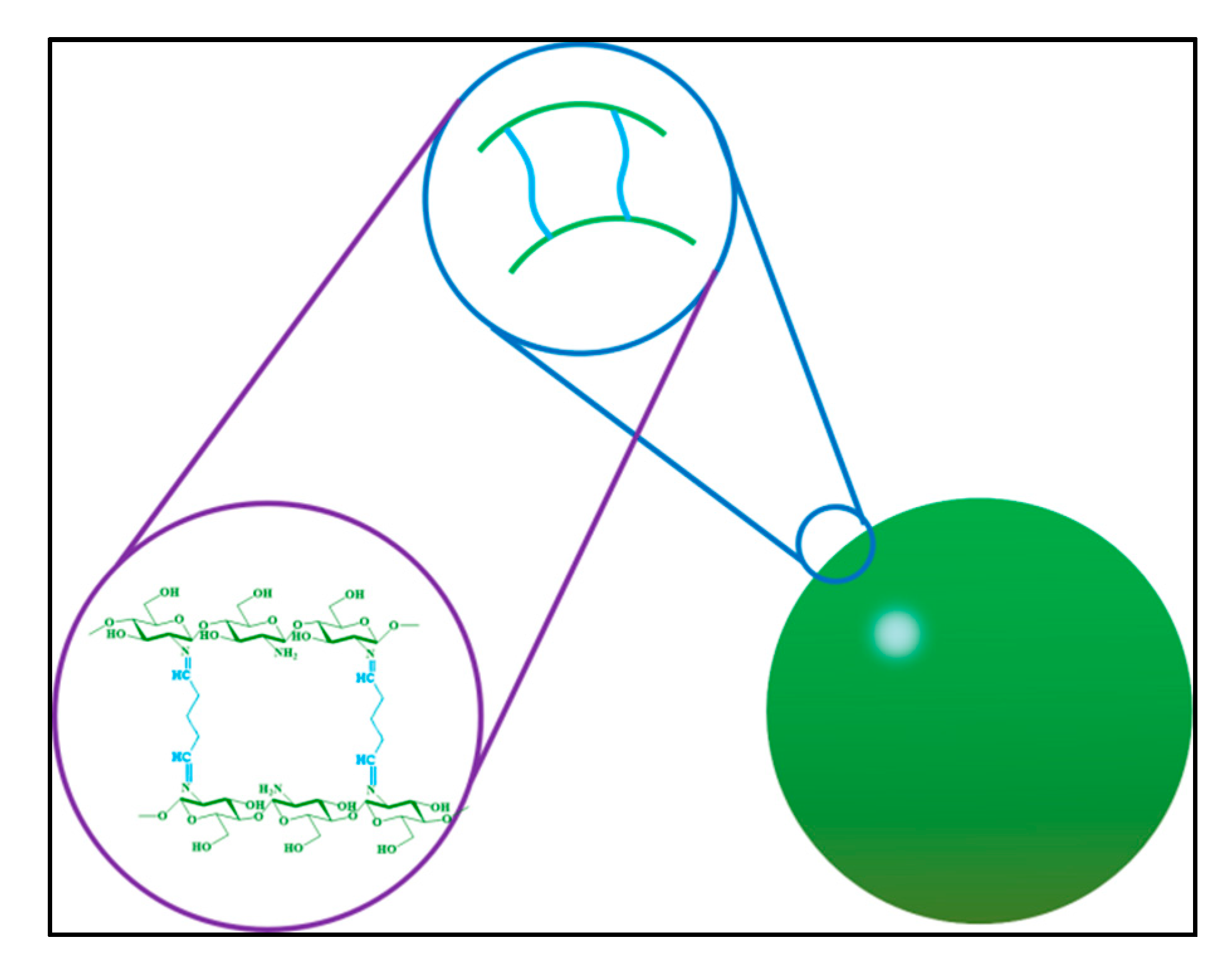
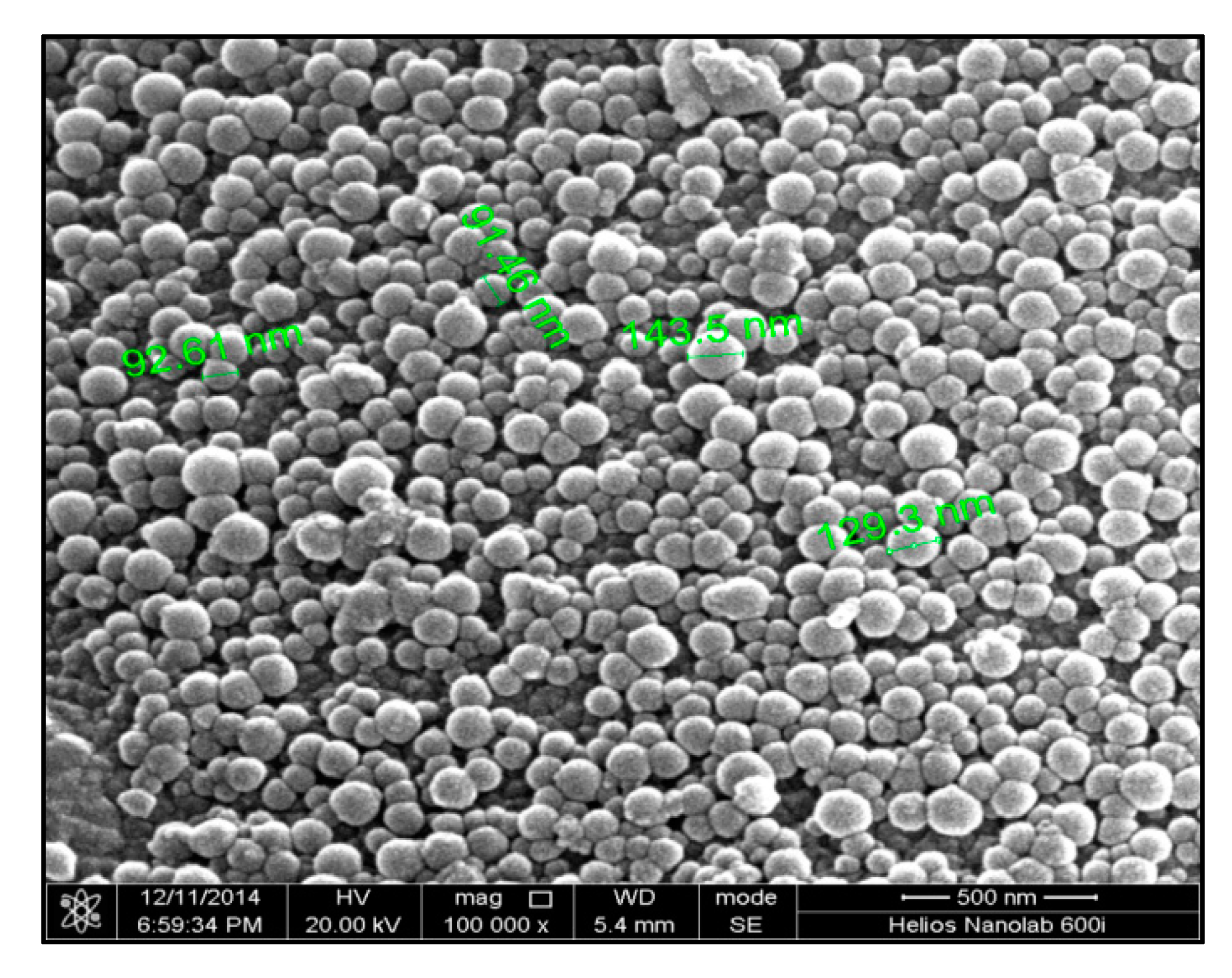
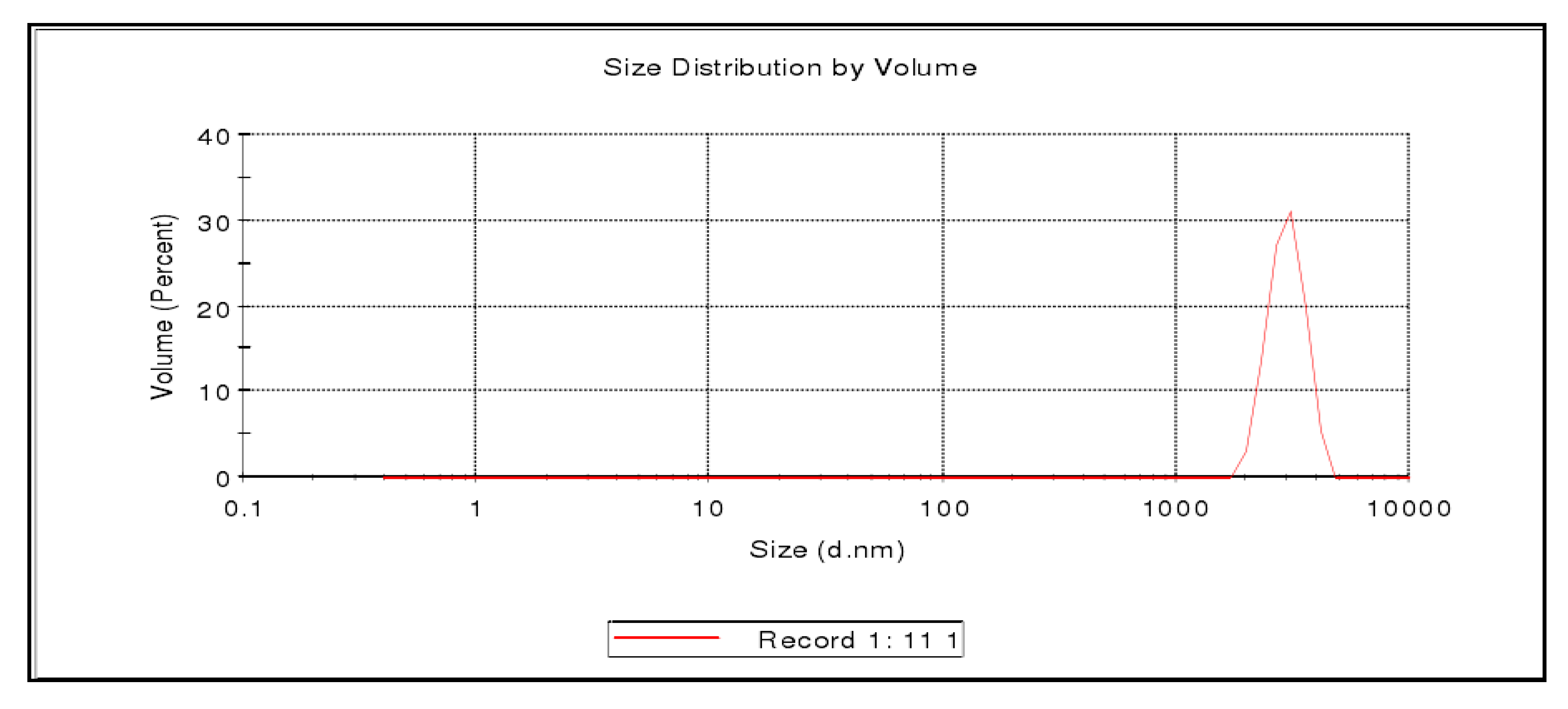
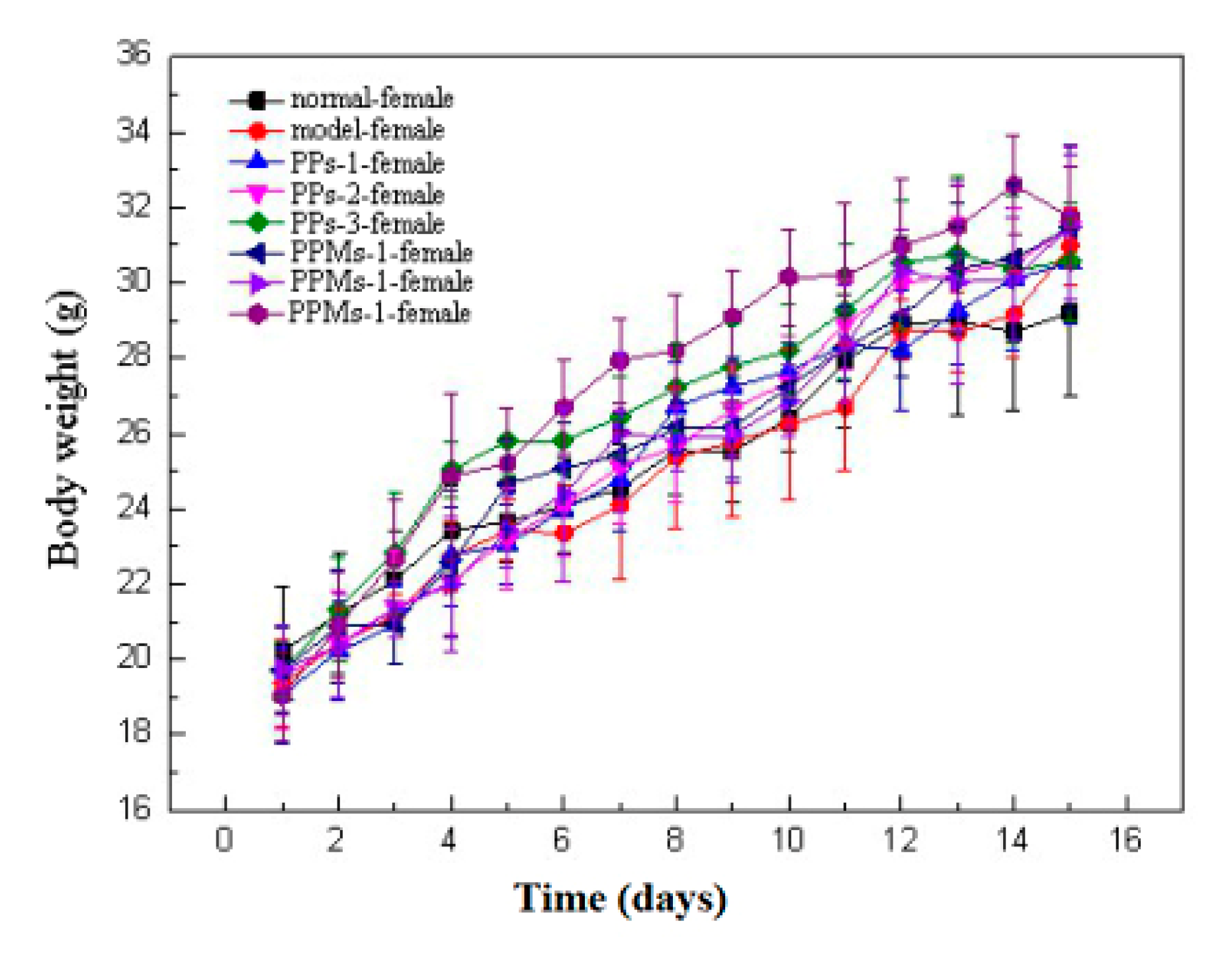
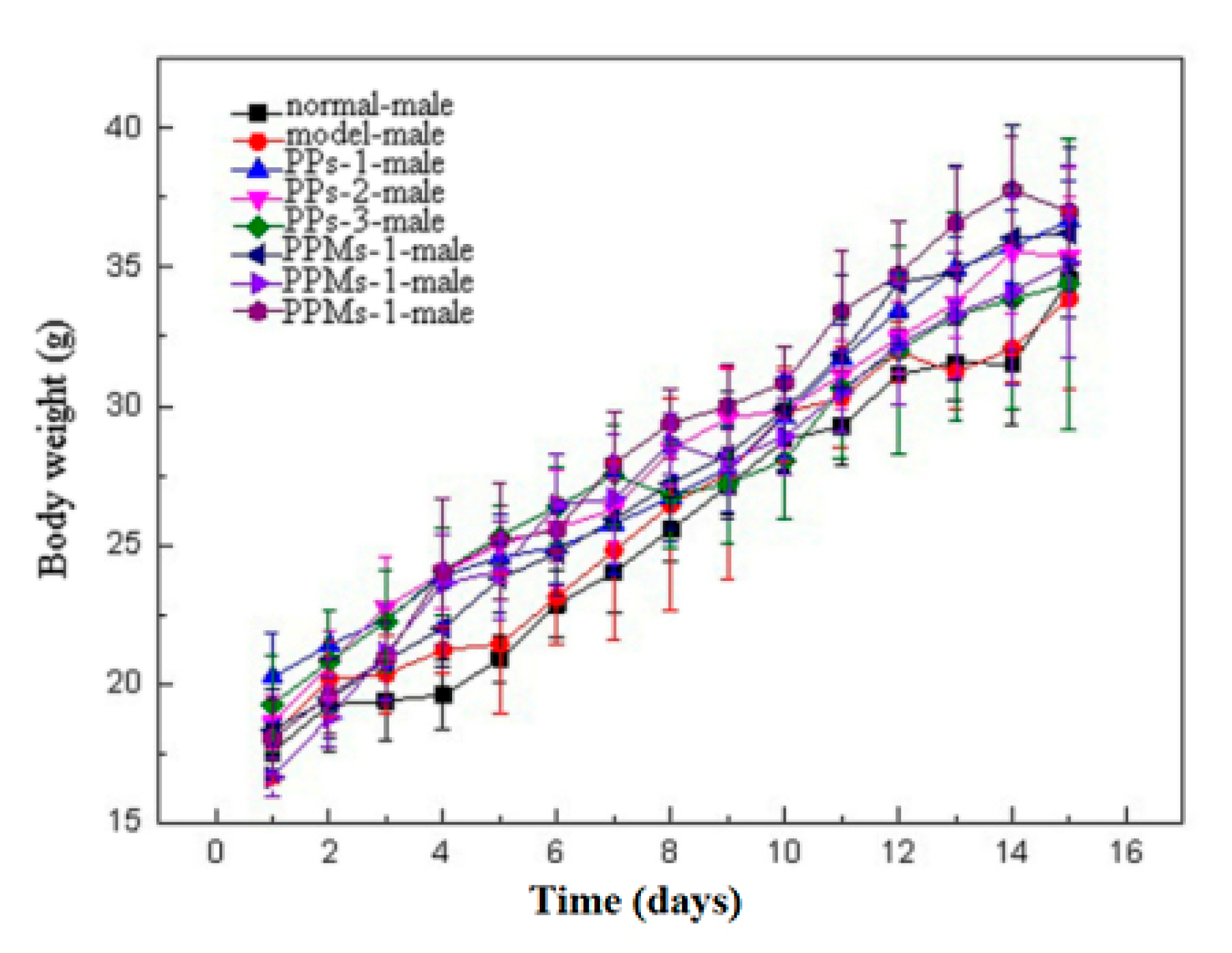


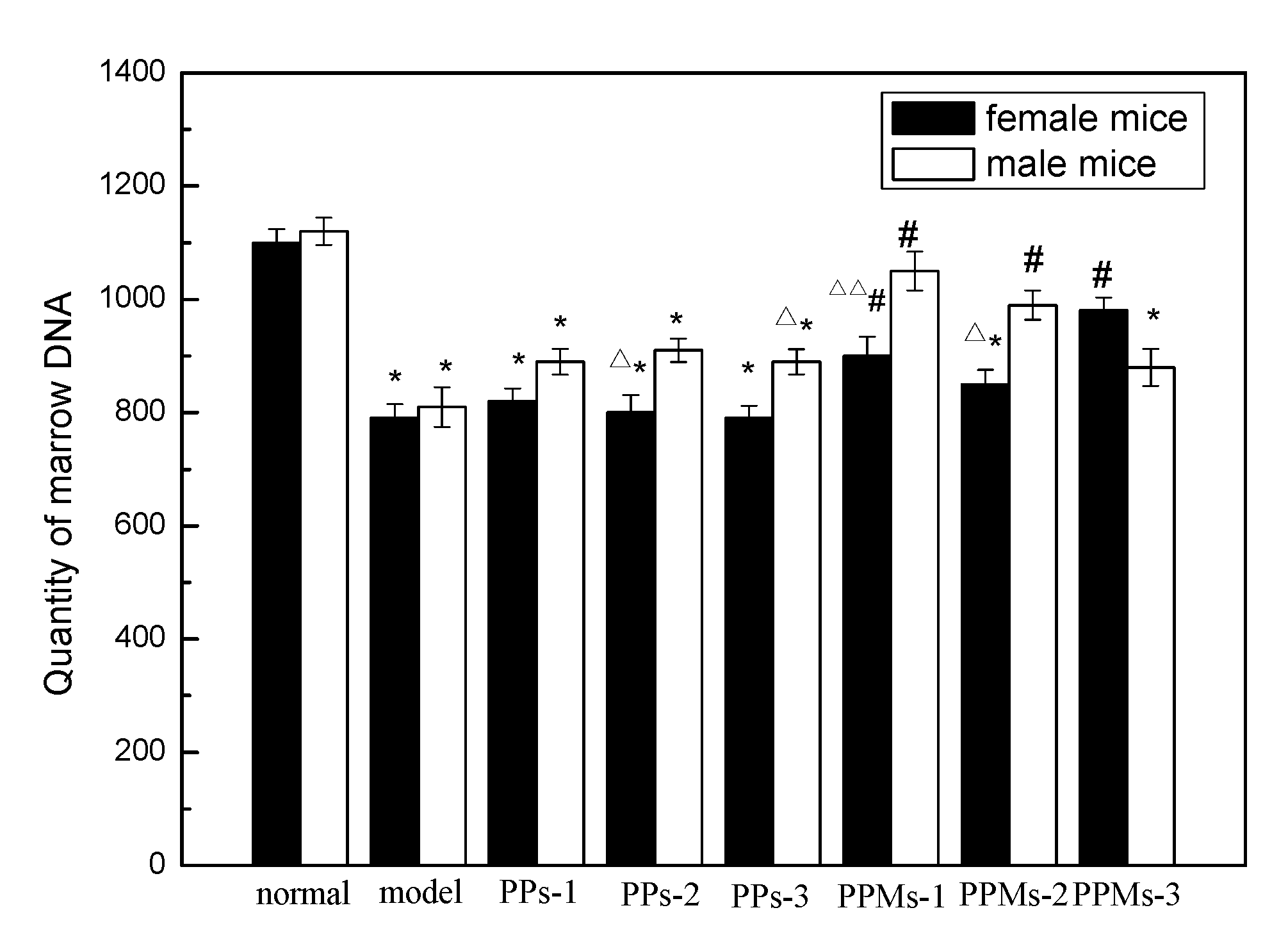
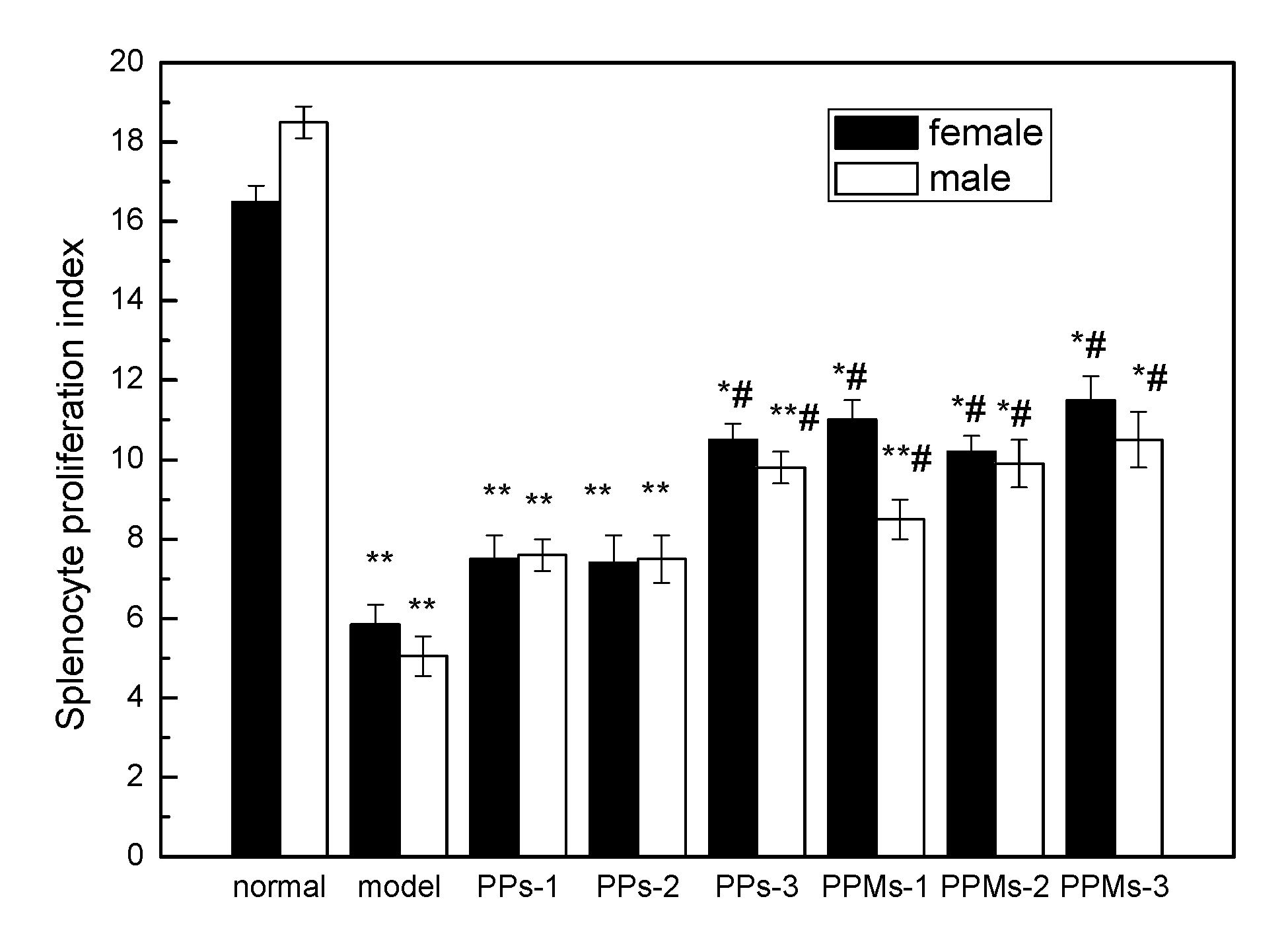
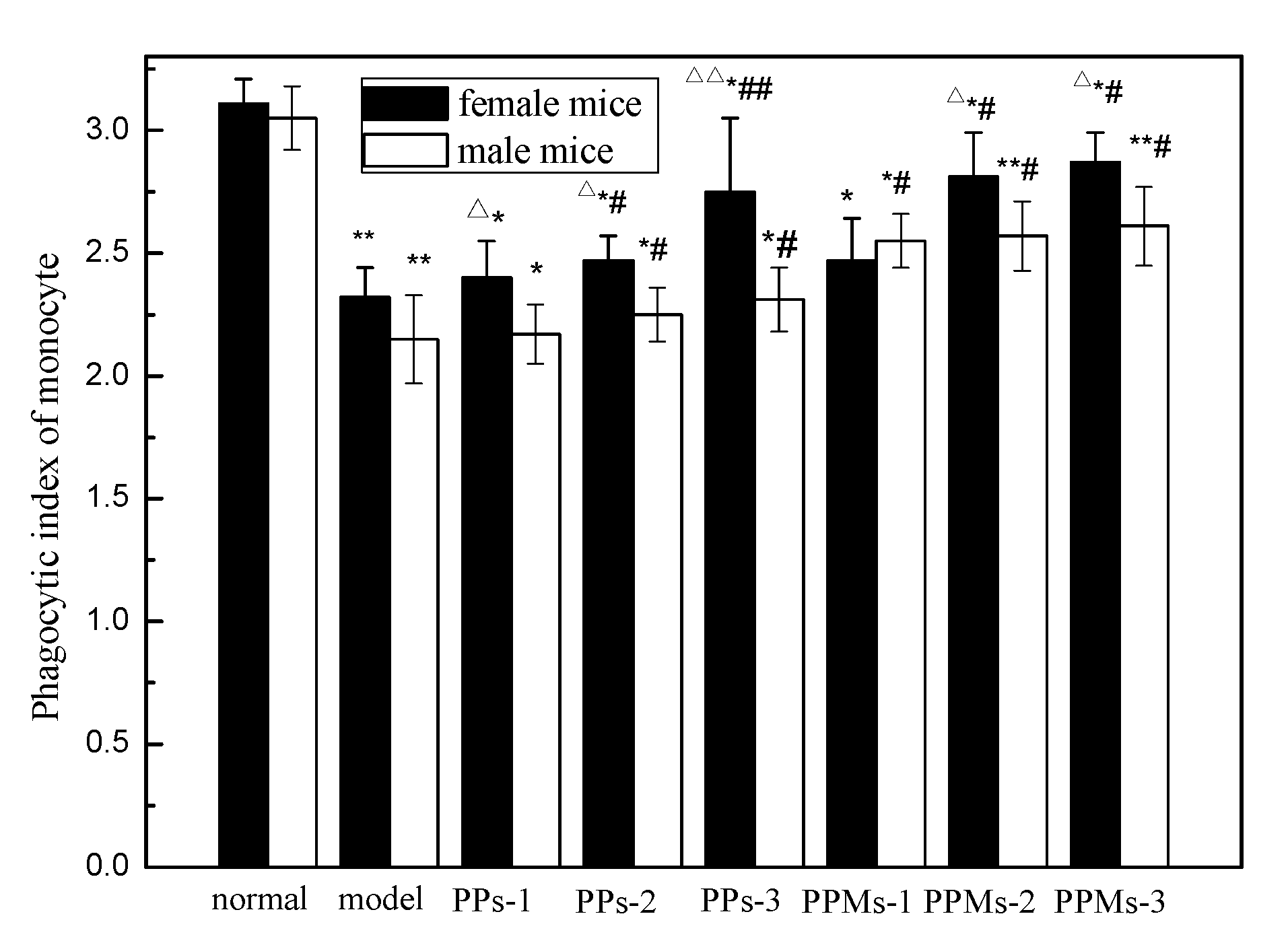
| Sample | GA/Ch Mass Ratio | Drug Content (%) | Encapsulation Rate (%) |
|---|---|---|---|
| I | 0.5 | 68.49 | 5.51 |
| II | 0.7 | 73.57 | 7.47 |
| III | 0.9 | 70.14 | 6.43 |
| Group | Thymus—Female (%) | Thymus—Male (%) | Spleen—Female (%) | Spleen—Male (%) |
|---|---|---|---|---|
| Normal | 0.17 ± 0.87 | 0.18 ± 0.01 | 0.18 ± 0.08 | 0.18 ± 0.08 |
| Model | 0.11 ± 0.03 ** | 0.10 ± 0.09 ** | 0.14 ± 0.06 ** | 0.14 ± 0.01 ** |
| PP-1 | 0.15 ± 0.01 # | 0.14 ± 0.01 *,# | 0.17 ± 0.03 Δ,*,# | 0.15 ± 0.07 *,# |
| PP-2 | 0.15 ± 0.01 *# | 0.15 ± 0.03 *,# | 0.16 ± 0.12 *,# | 0.17 ± 0.01 *,# |
| PP-3 | 0.16 ± 0.07 Δ,## | 0.14 ± 0.05 **,# | 0.15 ± 0.34 ** | 0.16 ± 0.01 *,# |
| PPM-1 | 0.14 ± 0.04 ΔΔ,**,# | 0.18 ± 0.08 ## | 0.16 ± 0.09 *,# | 0.17 ± 0.09 ## |
| PPM-2 | 0.19 ± 0.07 Δ,*,## | 0.16 ± 0.06 *,# | 0.19 ± 0.05 Δ,*,# | 0.16 ± 0.03 *,# |
| PPM-3 | 0.17 ± 0.11 ## | 0.16 ± 0.03 *# | 0.19 ± 0.08 ΔΔ,# | 0.15 ± 0.04 *,# |
| Group | SOD-Female (U/L) | SOD-Male (U/L) | MDA-Female (nmol/mL) | MDA-Male (nmol/mL) |
|---|---|---|---|---|
| Normal | 105 ± 5 Δ | 102 ± 3 | 1.6 ± 0.5 | 1.7 ± 0.8 |
| Model | 85 ± 2 Δ,* | 67 ± 7 ** | 4.8 ± 0.3 ΔΔ,** | 6.7 ± 1.0 ** |
| PP-1 | 75 ± 3 Δ,**,# | 84 ± 5 *,# | 3.2 ± 0.4 Δ,**,# | 5.7 ± 0.8 ** |
| PP-2 | 82 ± 5 Δ,* | 73 ± 3 *,# | 3.7 ± 0.6 Δ,**,# | 4.6 ± 0.4 **,# |
| PP-3 | 87 ± 2 Δ,* | 79 ± 3 *,# | 4.0 ± 0.2 Δ,** | 2.7 ± 0.5 # |
| PPM-1 | 80 ± 4 Δ,**,# | 74 ± 3 * | 2.9 ± 0.4 *,# | 3.4 ± 0.1 *,# |
| PPM-2 | 89 ± 3 * | 89 ± 4 *,# | 3.1 ± 0.9 Δ,*,# | 4.6 ± 0.7 **,# |
| PPM-3 | 90 ± 3 *,# | 87 ± 2 *,# | 3.2 ± 0.2 **,# | 3.2 ± 0.7 *,## |
© 2018 by the authors. Licensee MDPI, Basel, Switzerland. This article is an open access article distributed under the terms and conditions of the Creative Commons Attribution (CC BY) license (http://creativecommons.org/licenses/by/4.0/).
Share and Cite
Shao, S.; Yi, J.; Regenstein, J.M.; Cheng, C.; Zhang, H.; Zhao, H.; Wang, Z. Protective Effects on 60Co-γ Radiation Damage of Pine Cone Polyphenols from Pinus koraiensis-Loaded Chitosan Microspheres In Vivo. Molecules 2018, 23, 1392. https://doi.org/10.3390/molecules23061392
Shao S, Yi J, Regenstein JM, Cheng C, Zhang H, Zhao H, Wang Z. Protective Effects on 60Co-γ Radiation Damage of Pine Cone Polyphenols from Pinus koraiensis-Loaded Chitosan Microspheres In Vivo. Molecules. 2018; 23(6):1392. https://doi.org/10.3390/molecules23061392
Chicago/Turabian StyleShao, Sujuan, Juanjuan Yi, Joe M. Regenstein, Cuilin Cheng, Hua Zhang, Haitian Zhao, and Zhenyu Wang. 2018. "Protective Effects on 60Co-γ Radiation Damage of Pine Cone Polyphenols from Pinus koraiensis-Loaded Chitosan Microspheres In Vivo" Molecules 23, no. 6: 1392. https://doi.org/10.3390/molecules23061392
APA StyleShao, S., Yi, J., Regenstein, J. M., Cheng, C., Zhang, H., Zhao, H., & Wang, Z. (2018). Protective Effects on 60Co-γ Radiation Damage of Pine Cone Polyphenols from Pinus koraiensis-Loaded Chitosan Microspheres In Vivo. Molecules, 23(6), 1392. https://doi.org/10.3390/molecules23061392





